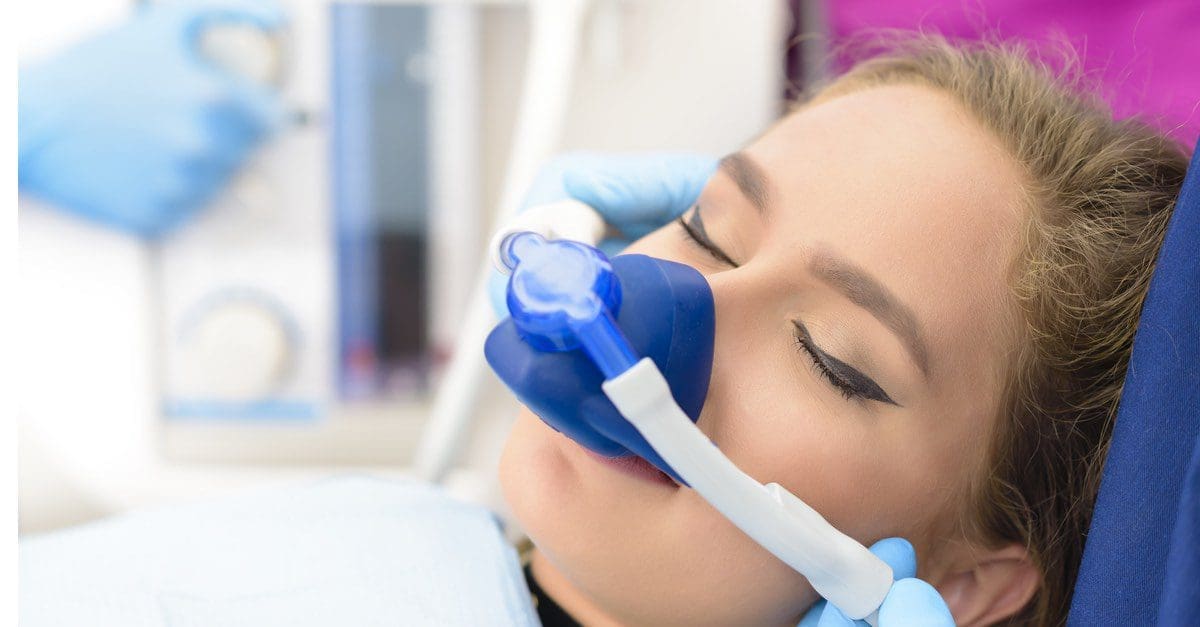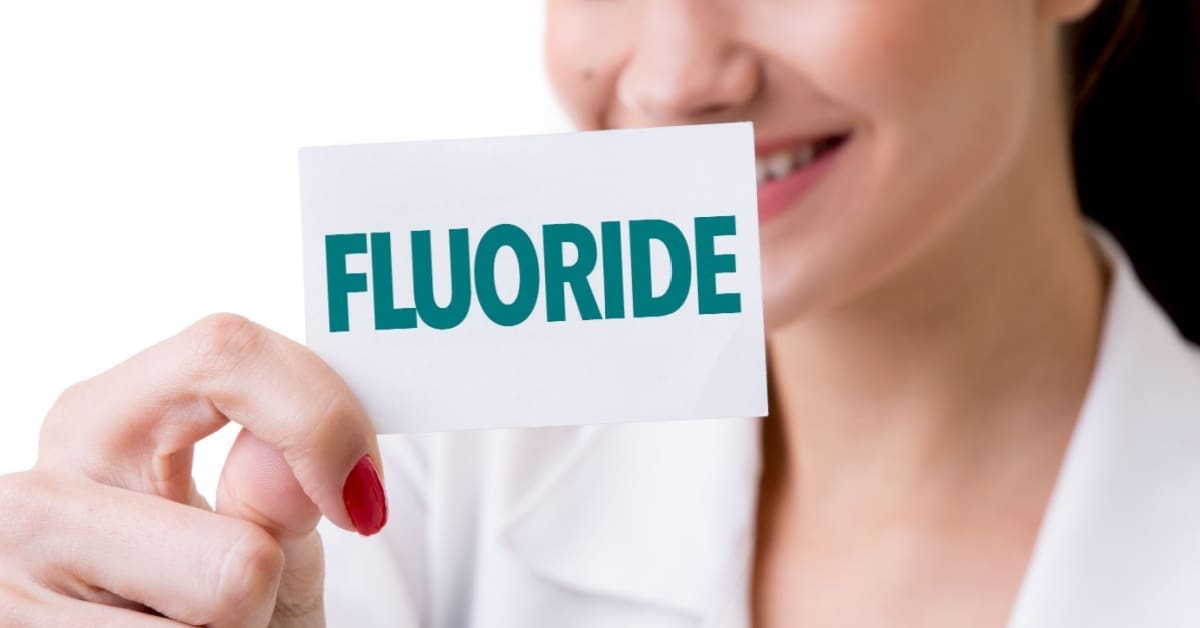Guide to Sedation Dentistry, Sleep Dentistry
Have you ever heard of sedation dentistry also referred to as sleep dentistry, sounds interesting, right?
A recent study showed that more than 50% of the participants surveyed had some level of fear associated with dentist’s offices and dental procedures. It comes as no surprise that those who had bad previous experiences or have developed fears from childhood carry those to adulthood. However, when fear of dental work stands between you and your oral hygiene, it’s time to take action.
This is where sedation dentistry, otherwise known as sleep dentistry, comes in. It can help you or your child more easily manage anxiety associated with dental treatments.
What is Sleep Dentistry?
Sleep dentistry uses medication to help patients relax during their dental procedures. This is used for painful procedures or in the case of a, particularly fearful patient.
Dental sedation isn’t just the use of laughing gas. Your dentist will discuss and determine what type of sleep dentistry is the best fit for you and your situation. A good dentist will understand your fear or anxiety and work with you to find a solution that helps you feel comfortable while also providing you with high-quality, necessary dental treatments.
If you ever feel your dentist is not attending to your concerns or needs as a patient with dentophobia (fear of dentists), don’t be afraid to search for alternative dental offices in your area.
What Types of Sleep Dentistry Are There?
Sleep dentistry comes in a variety of types and techniques. The most common are:
- Laughing gas
- Oral sedation
- IV sedation
- Deep sedation, otherwise known as general anesthesia
Most, if not all, dentists will be able to administer laughing gas. This is the sedation used during teeth extractions, fillings, and crowns. Even for patients who are not fearful of dental treatment, laughing gas is the best way to keep patients calm during more intensive procedures.
These sedation techniques are then paired with a local anesthetic. This is a mild numbing agent, usually administered via a needle into the gum. This allows the dentist to complete the procedure with only gentle tugging sensations felt by the patient.
What Should I Know Before My Appointment?
Here are some basic, general things you should do or confirm prior to scheduling a sleep dentistry appointment:
- Check your dentist’s credentials
- Confirm previous experiences
- Determine the length of time you should refrain from eating (usually six hours prior to procedure)
- Decide if you want to go to a dental practice specializing in sedation dentistry
- Understand any risk associated with sedation dentistry
Once you and your doctor decide on the type of oral sedation dentistry that will be used on you during your cleaning or procedure they will review the information you should know to ensure the appointment goes smoothly. If you have any questions or concerns prior to your appointment your dentist will be able to guide you to the correct answer for your situation.
Who is a Candidate?
If you’re considering sleep dentistry for yourself or your child, you’ll need to consider the following. These factors make you a good candidate for sleep dentistry:
- Dental-related anxieties or fears
- Sensitive teeth
- Low pain tolerance
- Extreme gag reflex
- Extensive dental work needs to be completed
Deciding if Sleep Dentistry is Right For You?
With roughly 9% to 15% of American adults skipping out on dental treatment due to fear, sedation dentistry offers a solution. If you think you could benefit from sleep dentistry, it’s worth the time to talk to your dentist about your eligibility.
Contact Dr. Paul Feldman at Suburban Essex Dental in West Orange, NJ, in Essex County to learn more about sedation dentistry (sleep dentistry). For the past eight years, New Jersey Monthly has voted Dr. Feldman one of the top dentists in the state of New Jersey.
I







